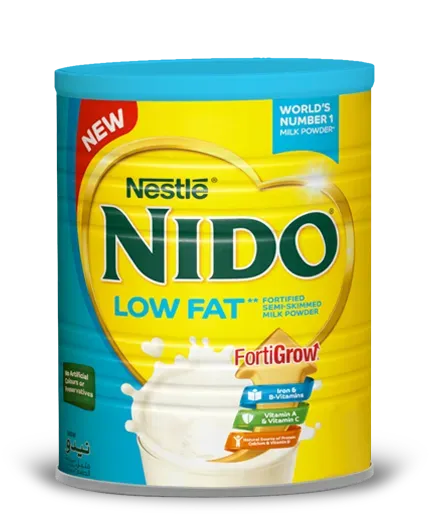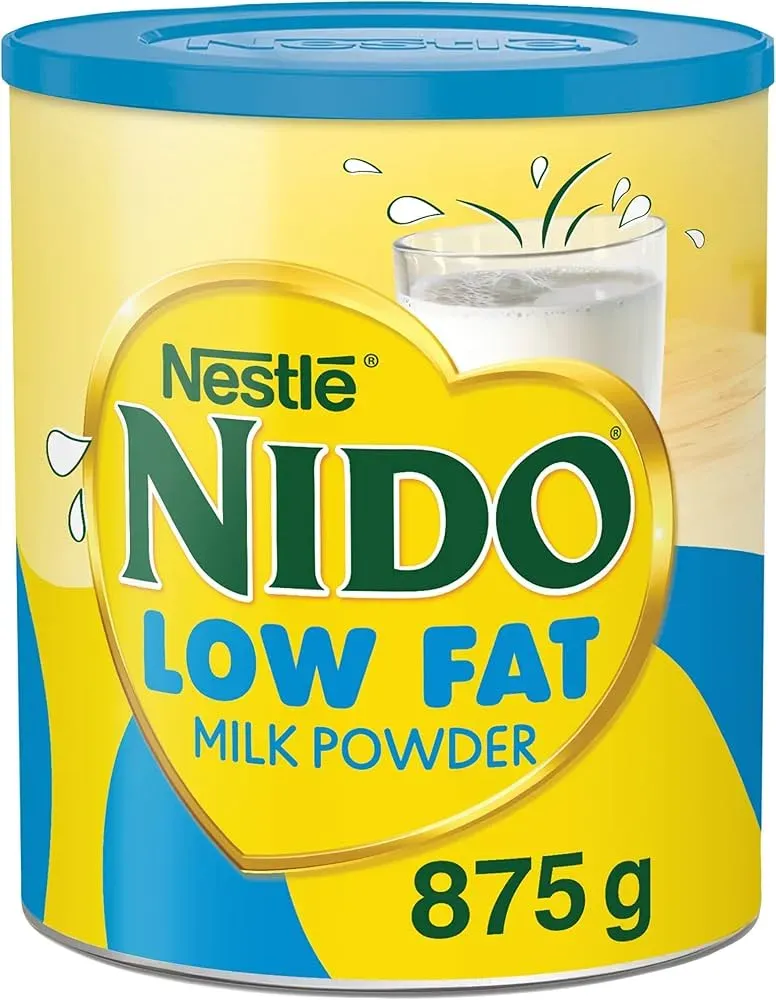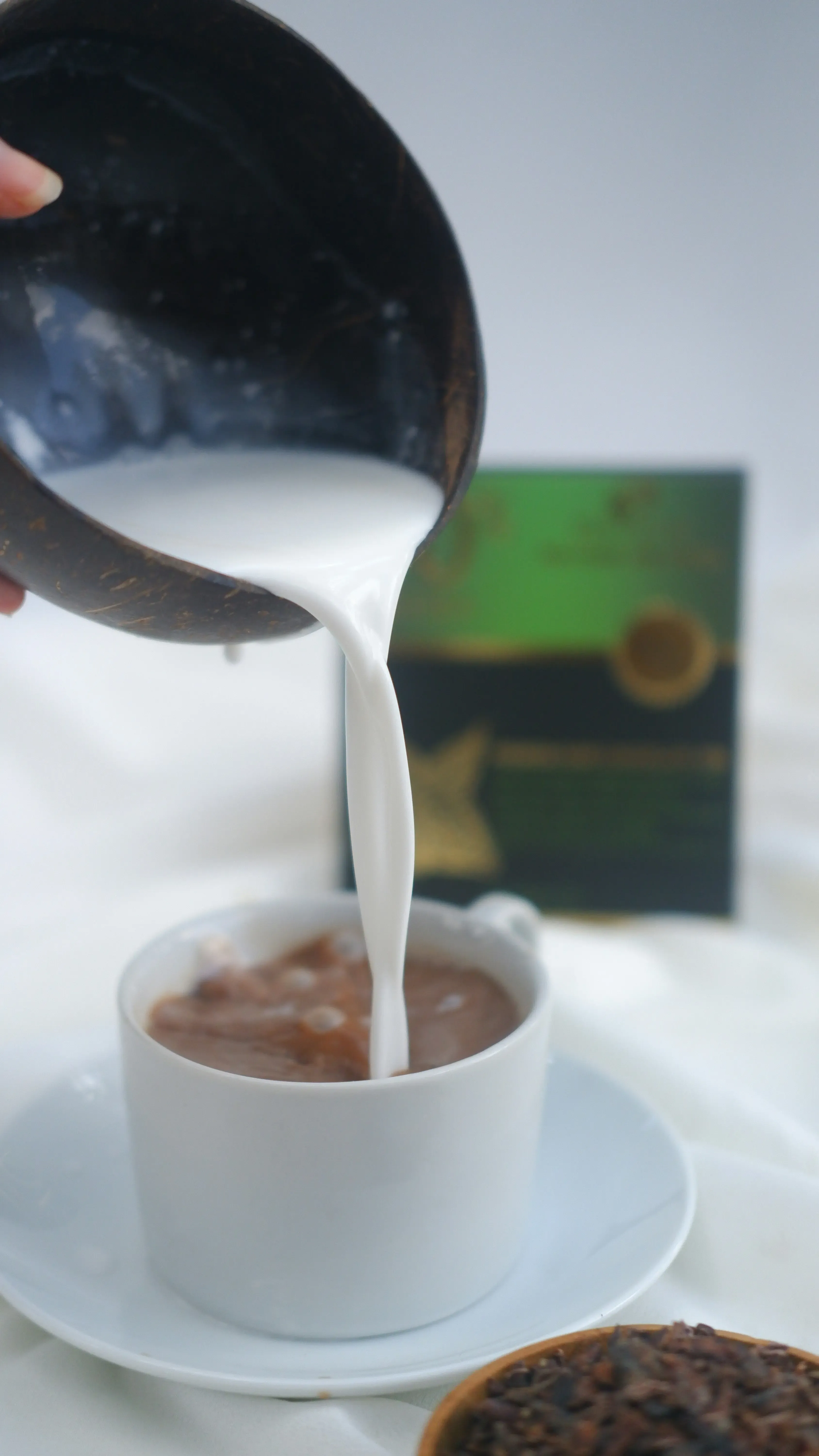Table of Contents
let's talk pantry staples. You've got your flour, sugar, maybe some canned goods. But have you ever considered adding low fat milk powder to that list? Maybe you've seen it on a shelf and wondered what the deal is, or perhaps you're looking for a convenient way to keep milk on hand without worrying about it going sour in two days. Whatever your reason for landing here, you're about to get the lowdown on this unassuming ingredient.
What Exactly is Low Fat Milk Powder?

What Exactly is Low Fat Milk Powder?
It Starts with Skimmed Milk
So, you're curious about low fat milk powder? Let's break it down without getting overly technical. Think of it as milk, but stripped down and dried out for convenience. The process begins with regular cow's milk. This milk goes through a separator, which is essentially a high-speed centrifuge. This machine spins the milk so fast that the lighter fat globules separate from the heavier liquid. What you're left with is skim milk, which is the starting point for low fat milk powder. It's milk with almost all the fat removed.
Drying Out the Good Stuff
Once you have skim milk, the next step is getting rid of the water. Milk is mostly water, right? To turn it into a powder, manufacturers use various drying methods. The most common is spray drying. They spray the liquid skim milk into a hot chamber, and as the tiny droplets fall, the water evaporates almost instantly, leaving behind fine, solid particles. Another method is roller drying, where milk is dried on heated rollers, then scraped off and ground into a powder. The goal is the same: remove the water while keeping the important nutrients concentrated.
- Skim milk is heated.
- Water is removed through drying (like spray or roller drying).
- What's left is a fine powder.
- This powder is rich in protein and calcium.
- It has a significantly longer shelf life than liquid milk.
Not Just Any Powder
When you buy low fat milk powder, you're essentially getting the solids from skim milk. This means you're getting the protein, carbohydrates (lactose), vitamins, and minerals that were in the original milk, but without the fat and water. There are a couple of main types you might see, like instant and non-instant. Instant powder is treated to dissolve more easily in liquid, which is handy if you're just mixing up a glass to drink. Non-instant might take a bit more stirring but works perfectly fine in baking and cooking. Both are derived from low-fat milk and offer that concentrated dairy goodness.
The Real Benefits of Choosing Low Fat Milk Powder

The Real Benefits of Choosing Low Fat Milk Powder
Nutrition That Sticks Around
so you've got this powdered stuff. What's actually good about it, beyond just not needing refrigeration? The real magic of low fat milk powder lies in its nutritional punch. When they strip out the water and most of the fat, they leave behind a concentrated source of some seriously important stuff. We're talking high-quality protein, essential for building and repairing tissues. You also get a hefty dose of calcium, which everyone knows is crucial for strong bones and teeth. Plus, it often contains added Vitamin D, which helps your body absorb that calcium. It's basically a nutrient-dense powerhouse in a stable, easy-to-store form.
Think about it. A scoop of this powder gives you protein and calcium without the saturated fat found in whole milk powder. This makes low fat milk powder a smart option for folks watching their fat intake but still wanting the benefits dairy offers. It's not some synthetic concoction; it's just milk solids, minus the liquid and the bulk of the fat. Simple science, really, delivering straightforward nutrition.
Shelf Life and Savings
One of the most practical benefits of low fat milk powder is its incredible shelf life. Unlike fresh milk that starts to turn questionable after a week, a sealed container of milk powder can last for months, sometimes even years, in your pantry. This drastically cuts down on food waste. How many times have you poured spoiled milk down the drain? With powder, that problem pretty much disappears. You reconstitute only what you need, when you need it.
Beyond waste reduction, there's the cost factor. Buying low fat milk powder can often be more economical than buying liquid milk regularly, especially if you don't go through milk quickly. You're not paying to ship and store all that water. You're paying for the concentrated solids. This makes it a budget-friendly staple, particularly for households where milk consumption is sporadic or for those who live far from frequent grocery runs. It's convenience that saves you money and saves the planet a little bit by reducing spoilage.
So, what are the key takeaways when considering low fat milk powder?
- Excellent source of protein and calcium.
- Lower in fat compared to whole milk powder.
- Long shelf life reduces waste.
- Often more cost-effective than liquid milk.
- Requires no refrigeration before mixing.
How to Use Low Fat Milk Powder in Everyday Cooking & Drinks

How to Use Low Fat Milk Powder in Everyday Cooking & Drinks
Whipping Up Goodness: Beyond Just Drinking
so you've got this box or bag of low fat milk powder sitting there. What do you actually *do* with it besides maybe making a glass of reconstituted milk that tastes... well, like reconstituted milk? This is where the fun starts. Think of it as a secret weapon for adding dairy richness and nutrition without the extra liquid or fat. Want creamier mashed potatoes? Stir in a couple of tablespoons. Need to thicken a soup or sauce without adding heavy cream? Low fat milk powder is your friend. It dissolves beautifully into hot liquids, boosting protein and calcium content almost invisibly. It's fantastic in baked goods too; adding it can improve texture and give bread or muffins a softer crumb and a nice golden crust. Don't even get me started on smoothies or protein shakes – it's a no-brainer way to up the nutritional ante.
Here are a few quick ideas to get you started:
- Blend into smoothies or protein shakes for extra protein.
- Whisk into scrambled eggs for fluffier results.
- Add to pancake or waffle batter.
- Stir into hot cereals like oatmeal or cream of wheat.
- Use as a thickener in gravies, sauces, or soups.
Low Fat Milk Powder vs. Fresh Milk: Making the Right Choice

Low Fat Milk Powder vs. Fresh Milk: Making the Right Choice
The Familiarity and Fuss of Fresh Milk
so you're standing in the dairy aisle, faced with the usual cartons of fresh milk. It's the classic choice, the one most of us grew up with. Fresh low-fat milk tastes great chilled, pours easily into cereal, and is just, well, normal. But let's be real, it comes with its own set of headaches. You have to buy it frequently because that expiration date is always looming. Forget to check it, and you're pouring a chunky science experiment down the drain. It takes up precious fridge space, and if you run out unexpectedly, you're out of luck until the next grocery run. It's convenient for immediate use, sure, but its limited shelf life and refrigeration requirement are definite downsides compared to something like low fat milk powder.
The Convenience and Concentration of Powder
Now, swing over to the baking aisle or sometimes the powdered goods section, and there's the low fat milk powder. It doesn't look like much, just a fine white dust. But this stuff is the polar opposite of fresh milk in terms of practicality. It sits quietly in your pantry for months, maybe even years, ready whenever you are. No frantic trips to the store because you're out. You just scoop, add water, and bam – you have milk. It takes up almost no space compared to bulky cartons. While some folks find the taste of reconstituted milk different from fresh, especially for drinking straight, its real power lies in its versatility in cooking and baking, and as a nutritional boost. When you weigh the long shelf life and storage ease, low fat milk powder starts looking pretty appealing next to its perishable cousin.
Feature | Fresh Low-Fat Milk | Low Fat Milk Powder |
|---|---|---|
Storage | Refrigerated, short shelf life | Pantry, long shelf life |
Convenience | Ready to drink/use immediately | Requires mixing with water |
Space | Bulky cartons | Compact packaging |
Taste (Drinking) | Standard reference | Can taste different when reconstituted |
Use in Cooking/Baking | Excellent | Excellent, adds concentration |
Nutrients | Protein, Calcium, Vitamins | Concentrated Protein, Calcium, Vitamins |
The Final Scoop on Low Fat Milk Powder
So, there you have it. Low fat milk powder isn't some weird science experiment; it's a straightforward, nutrient-dense product with a shelf life that laughs in the face of fresh milk's expiration date. While it won't replace a cold glass of the fresh stuff for everyone, its convenience and versatility in cooking and baking are undeniable. It provides protein and calcium without the added fat, making it a practical option whether you're stocking up for emergencies, looking to reduce waste, or simply need a reliable dairy boost on demand. Consider it another tool in your kitchen arsenal, ready when you are, no refrigeration required.
